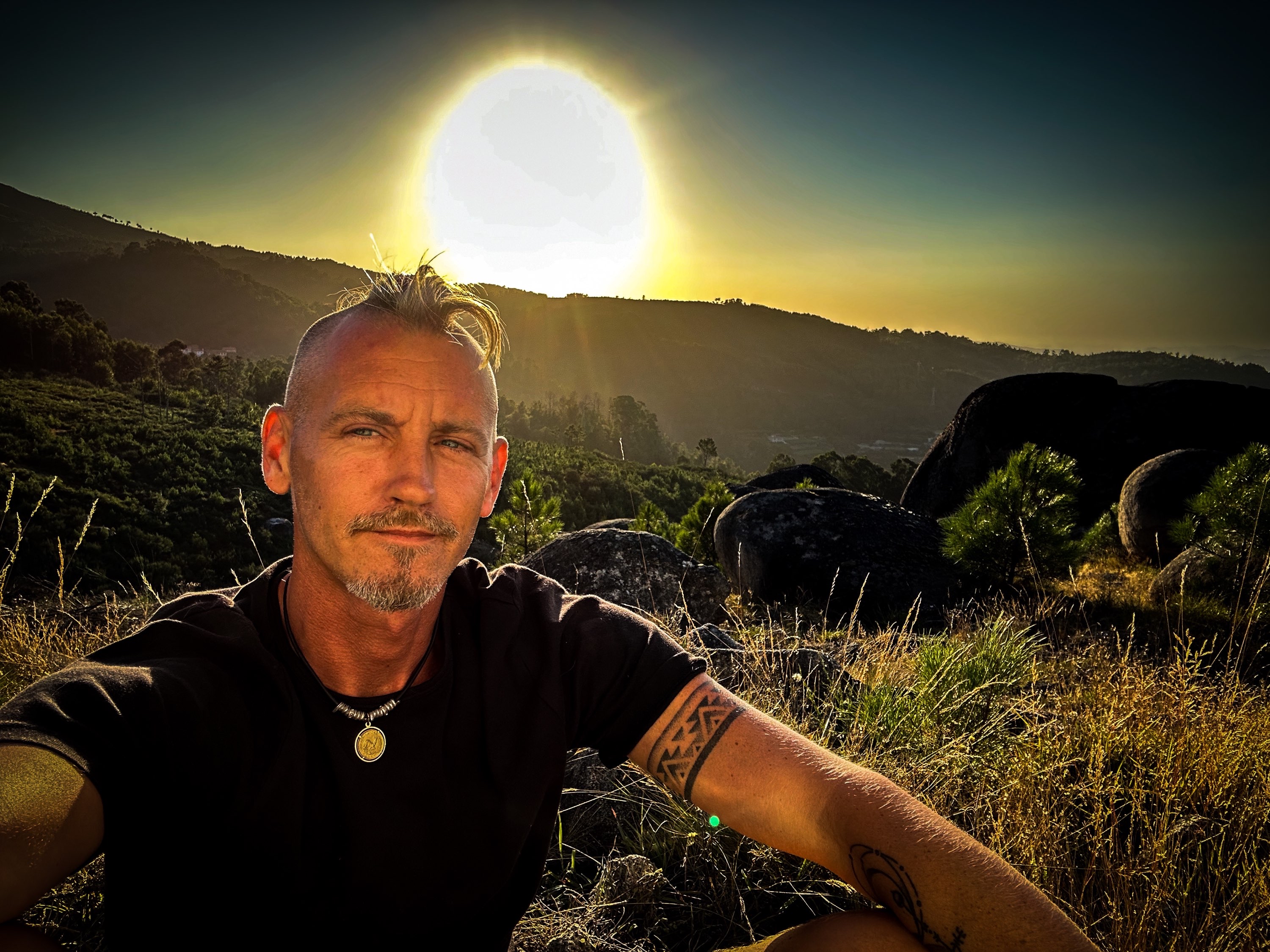Monsanto, Portugal: A Saga of Stone and Steel Through the Ages
- Alex Sully
- Dec 23, 2023
- 4 min read

A Glimpse into the Past:
Monsanto's journey through time delves further into the intricacies of its past. During the Roman era, the village served as a crucial crossroads, a testament to its strategic significance. The remnants of Roman roads and structures reveal a thriving settlement that played a pivotal role in connecting regions.

The Moorish occupation introduced architectural nuances, shaping Monsanto's unique character. Houses, ingeniously nestled amidst granite outcrops, reflected not just a mode of construction but a harmonious integration with the landscape.
The Reconquista of 1165, led by King Afonso Henriques, ushered in a new era of sovereignty. As the Portuguese monarch claimed Monsanto, the village became a symbol of defiance against foreign rule and the enduring spirit of its people.

Rocks for Roofs: A Distinct Architectural Marvel:
The architectural marvel of Monsanto's houses intricately carved into colossal boulders is more than a visual spectacle; it embodies the resilience and adaptability of the villagers. The seamless blend of natural and man-made elements not only ensured structural stability but also became a cultural emblem, reflecting the symbiotic relationship between the people and their environment.
The architectural tapestry extends beyond residential areas, with churches and communal spaces seamlessly integrated into the rocky landscape. Each stone, carefully placed, whispers stories of survival and innovation.

The Castle: A Sentinel of the Past:
The medieval castle, standing proudly atop the hill, is not merely a fortress; it's a living artifact of history. Built in the 12th century, it bore witness to the ebb and flow of battles, alliances, and changing rulers. The Knights Templar, entrusted with its defense, fortified the castle with strategic acumen, leaving behind a legacy etched in stone.
As the centuries unfolded, the castle underwent modifications, adapting to the evolving needs of defense and governance. It stood tall as a guardian, surveying the landscape with a watchful gaze.

Knights Templar Legacy:
Monsanto's affiliation with the Knights Templar is a chapter that adds layers of mystique to its history. The Templars, an order known for its military prowess and chivalric ideals, left an indelible mark on the village's cultural and spiritual fabric. The cross-shaped structures and intricate symbolism within Monsanto attest to the enduring influence of the Templars.
The Templar presence extended beyond military strategy; it permeated the daily life of the villagers. Churches dedicated to the order stand as living testaments to a time when Monsanto was a bastion of Templar influence.

Proximity to Spain: A Borderland Saga:
Monsanto, perched near the Spanish border, became a pivotal player in the unfolding drama of medieval geopolitics. The village found itself at the crossroads of territorial disputes, witnessing the ebb and flow of power dynamics between Portugal and Spain.
Borderland life shaped the identity of Monsanto, infusing it with a sense of resilience born from constant geopolitical flux. The echoes of historical struggles resonated through the village, making every stone a witness to the complex dance of diplomacy and conflict.

Battles and Triumphs: Echoes of the Past:
The Peninsular War of 1811 marked a decisive moment in Monsanto's history. French forces, led by Marshal André Masséna, sought control of the village, recognizing its strategic importance. What ensued was a valiant resistance by the villagers, who utilized the natural fortifications of the rocky terrain to repel the invading forces.
The Battle of Monsanto stands as a testament to the indomitable spirit of the people. The village earned its epithet, "The Most Portuguese Village in Portugal," as a tribute to its resilience in the face of adversity.

Film Location for "House of Dragons" - A Game of Thrones Connection:
In the modern era, Monsanto's historical charm and dramatic landscapes garnered attention from the entertainment industry. The village became a prominent location for "House of Dragons," set in the beloved Game of Thrones universe. The medieval ambiance, combined with the village's unique architecture and panoramic views, provided an ideal backdrop for epic tales of fantasy and intrigue.
The fusion of ancient history and contemporary storytelling cemented Monsanto's place on the global stage, inviting enthusiasts to explore its real-life fantasy setting.

Stunning 360-Degree Views: Nature's Grand Canvas:
From the castle's commanding position, the panoramic views extend like a canvas painted with the brushstrokes of time. The undulating landscapes, distant mountains, and serene valleys tell tales of battles fought, alliances forged, and a landscape shaped by the forces of nature and human endeavor.
The strategic significance of Monsanto's location becomes evident as one stands atop the castle's ramparts, witnessing the convergence of history and nature in a breathtaking panorama.

Nature and Wildlife: Harmony in Diversity:
Amidst the echoes of battles, Monsanto embraces nature in all its diversity. The once-contested hills and valleys now serve as a haven for flora and fauna. This harmonious coexistence adds a layer of serenity to the village's narrative, emphasizing the enduring equilibrium between human history and the untamed beauty of the natural world.

In conclusion, Monsanto invites visitors to embark on a profound journey through the ages, where each stone bears witness to the resilience of a community shaped by conquests, battles, and an unwavering connection to the land. As you traverse the labyrinthine streets, stand within the castle walls, and gaze upon the panoramic views, you become a part of a saga that has unfolded over millennia—a living testament to the enduring spirit of Monsanto, where the tales of stone and steel intertwine with the echoes of time.







Comments